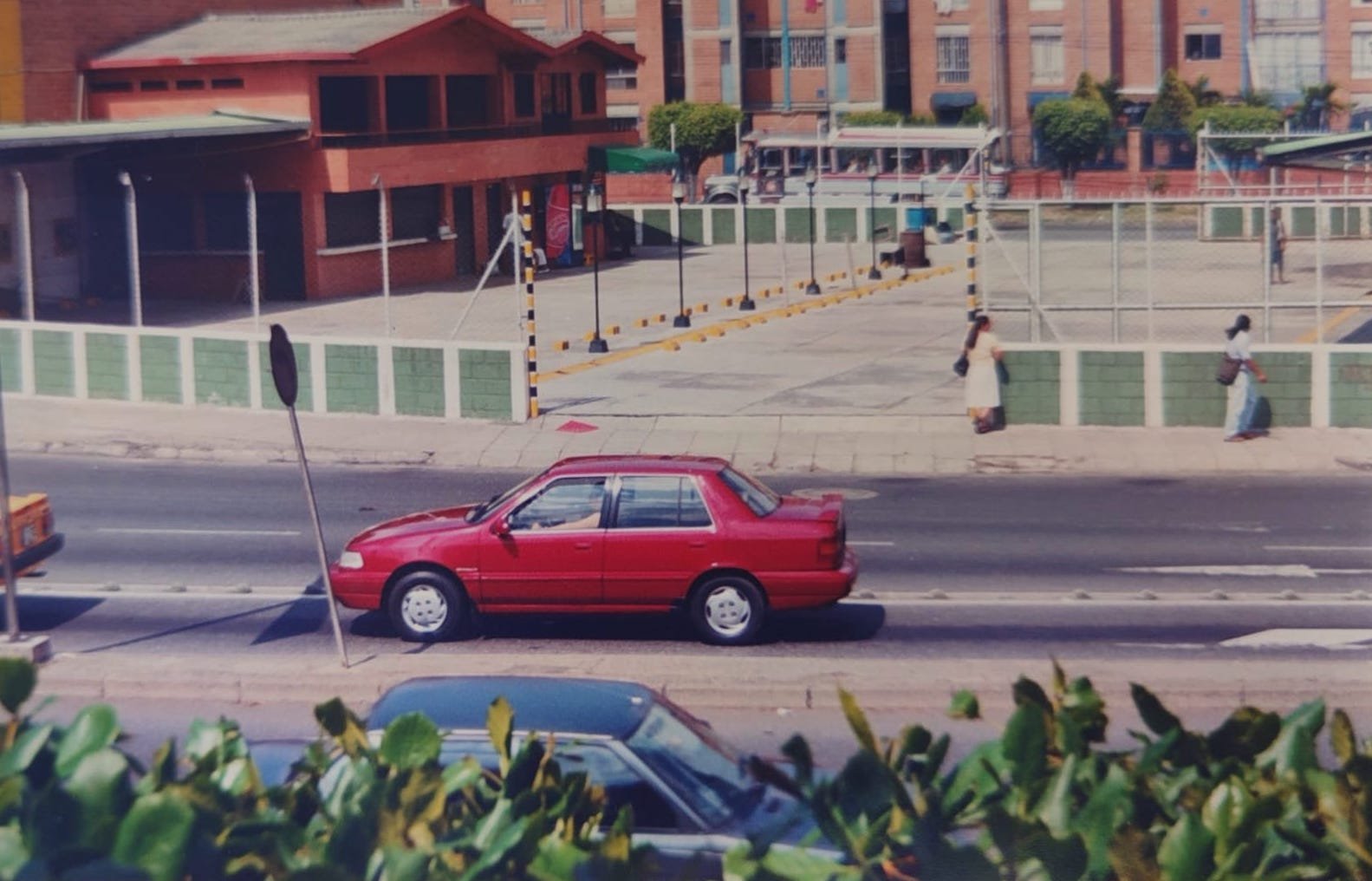Rojo [Red]
In 2002, people were asked where had they witnessed or heard of violent deaths in the city of Medellin, this informal survey was used
to paint 75 by 75 centimetre squares in every reported location using traffic red paint with the intention of filling progressively the city with these abstract and criptic landmarks.
There was no public statement to be made or key to clear the opaqueness of the work, the intention was precisely the opposite: to allow the meaning behind the squares to leak like a rumour. Also the versions were not accounted for, it was not a map of the murders, it was a map of their recount.
After some 30 squares were painted, the city adopted a measure
to prevent traffic accidents where black stars were painted in the pavement and roads where fatal accidents took place. At the time Rojo [Red] was considered to become invisibilized and cut short. Regardless, in 2010, Pascual Gaviria, a local journalist wrote Señales Particulares [Particular signs] an article discussing violence in different neighborhoods of Medellin and noted: [...] this funerary geography drawn by an artist, whether man or woman is unknown, marked a perfect square where murders were commited. After knowing the meaning of these stamps it was impossible to be unafraid of certain sinister corners.


